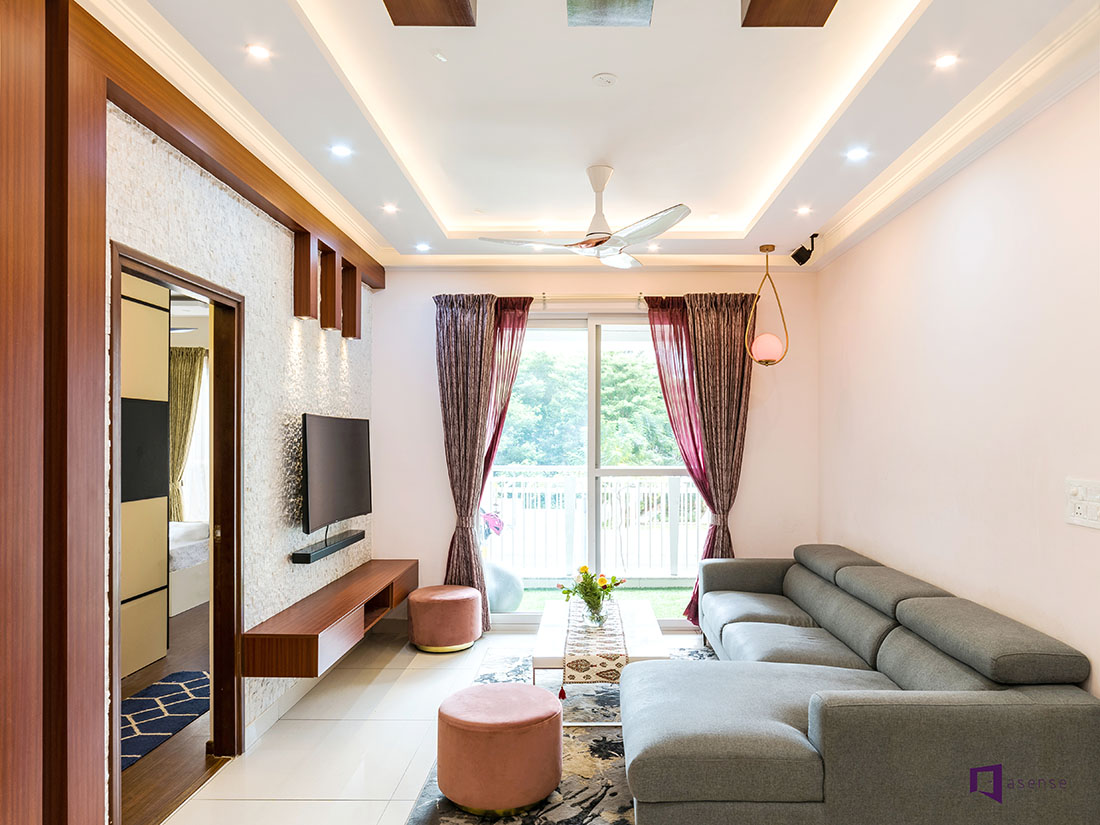Hire an expert Architecture Firm for residential and commercial projects.
Hire an expert Architecture Firm for residential and commercial projects.
Blog Article
Transform Your Home With Essential Principles of Interior Design and Aesthetic Appeals
By comprehending the impact of shade concept and the importance of structure and patterns, one can create rooms that are not just visually appealing yet also deeply personal. Attaining this balance involves even more than simple design; it encompasses a strategic setup and a keen understanding of how each component communicates within a space.
Recognizing Color Theory
Comprehending the concepts of color theory permits designers to produce rooms that resonate psychologically with residents while meeting functional demands. Each group plays a crucial duty in establishing consistency within a room.
The psychological effect of shades is profound; cozy tones such as reds and oranges evoke energy and heat, while trendy tones like blues and greens advertise peace and tranquility. Additionally, making use of corresponding shades enhances visual passion, developing striking contrasts that can elevate a room's charm.
Neutral colors, on the other hand, serve as a versatile backdrop, allowing other style components to radiate. It is crucial to take into consideration factors such as lighting and the area's objective when picking a shade palette, as these can modify the assumption of shades throughout the day.
Inevitably, a well-considered color design can transform a room, cultivating a sense of convenience and style that lines up with the occupants' choices. Proficiency of shade theory is, as a result, a crucial skill for any type of interior designer aiming to develop unified and inviting environments.
Attaining Equilibrium in Style
Exactly how can designers attain a feeling of balance in their spaces? Achieving equilibrium in style is fundamental to developing unified insides. Developers can utilize 3 key types of balance: balanced, asymmetrical, and radial. In proportion balance involves organizing elements equally around a central point, fostering a sense of order and peace. This type commonly features pairs of furniture or artwork, enhancing aesthetic stability.
Unbalanced balance, on the various other hand, depends on differing components that still accomplish a natural look. This approach enables even more dynamic and casual plans, giving rate of interest while maintaining balance. By thoroughly picking varying dimensions, colors, and structures, developers can produce an aesthetically engaging area that really feels balanced yet energetic.
Radial equilibrium emphasizes a main prime focus with components radiating external. This design is typically seen in round formats, where furniture and style create a cohesive border that attracts the eye internal.
Eventually, accomplishing balance needs thoughtful factor to consider of scale, percentage, and the relationships between aspects. miami interior design. By skillfully applying these balance principles, developers can transform areas into atmospheres that really feel both cosmetically pleasing and functionally unified, enhancing the general experience for passengers
Relevance of Spatial Recognition

An eager sense of spatial understanding enables developers to recognize focal factors within an area, useful site guiding the viewer's interest to vital attributes while maintaining an overall sense of unity. It also aids in the tactical placement of lighting, which can dramatically influence the assumption of area and mood. Comprehending spatial partnerships enables the designer to cater to the particular needs of inhabitants, ensuring that each location offers its designated objective without endangering aesthetics.
Inevitably, spatial recognition is important for making best use of the possibility of any interior room. By meticulously thinking about the interplay in between dimensions, format, and feature, designers can develop atmospheres that not just meet sensible home demands yet additionally evoke a feeling of comfort and beauty, boosting the overall living experience.
Integrating Texture and Patterns
Welcoming a diverse series of structures and patterns can considerably boost the visual and responsive appeal of an indoor space. The critical use of numerous materials-- such as wood, steel, fabric, and rock-- creates deepness and interest, making a space really feel much more welcoming and dynamic. Combining smooth surfaces with harsh textures can develop an equilibrium that draws the eye and involves the detects.
When incorporating patterns, think about both range and repetition. Big patterns can act as focal points, while smaller, refined layouts can enhance other components without overwhelming the space. Layering patterns, such as pairing flower paddings with candy striped throws, includes intricacy and a feeling of harmony if carried out attentively.
It is additionally essential to preserve a cohesive color combination, ensuring that appearances and patterns work with each other instead than complete for focus. By choosing a few crucial structures and patterns, you can develop a merged visual that shows your personal design while boosting the overall setting of the space. Eventually, the careful consolidation of these components can transform a mundane space right into an advanced atmosphere rich with character and warmth.
Personalizing Your Area
Creating a space that shows your personality is important to achieving a truly inviting setting. Customization in interior design permits this page you to infuse your unique style and interests right into your home, transforming it from a plain sanctuary into a refuge that speaks with who you are. Begin by selecting a shade combination that reverberates with your emotions-- vibrant colors can energize, while soft tones use serenity.
Include artwork and style that show your passions, whether it be travel, nature, or abstract concepts. Presenting personal collections, such as publications, photos, or keepsakes, can evoke valued memories and create focal points within an area. Additionally, think about customizing practical items, like upholstered furniture, to line up with your visual choices.

Final Thought
In verdict, the change of a home with the important concepts of indoor design and looks necessitates an extensive understanding of color concept, equilibrium, spatial awareness, structure, and customization. Each component adds significantly to producing a harmonious and practical living environment - miami luxury interior design. By attentively incorporating these concepts, people can boost the aesthetic allure and emotional resonance of their spaces, eventually promoting a home that shows special identifications while giving convenience and practicality
Report this page